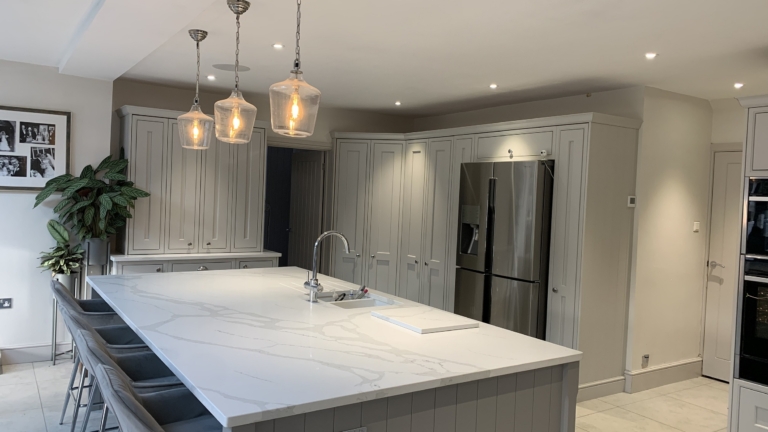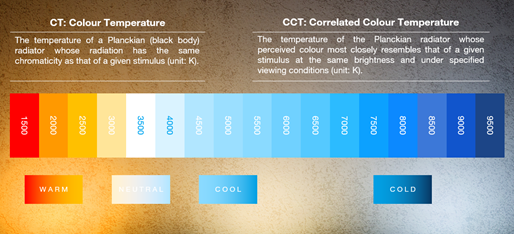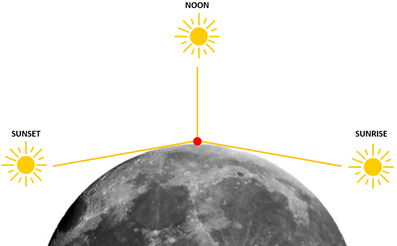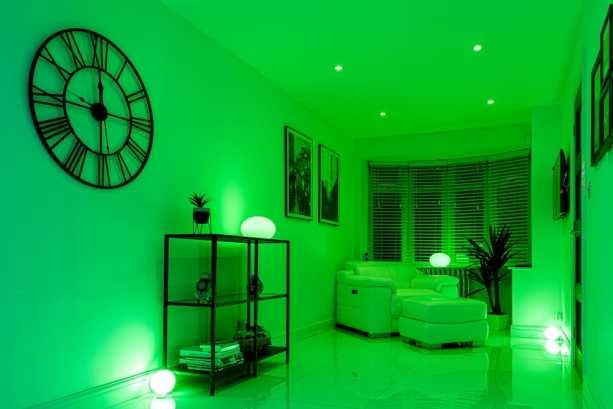
Products
We are a leading manufacturer of quality internal and external lighting products for commercial, industrial and retail applications.
View all productsProduct Types
Applications
At Ansell Lighting we design and manufacture an extensive range of luminaires for a diverse number of applications. Whatever the shape, purpose or style of your space, we have a lighting solution.
View all applicationsApplication Types
About
We are a leading manufacturer of quality internal and external lighting products for commercial, industrial and retail applications.
About overviewMore about us
Contact
We are here to answer any questions you may have, help you find a stockist or speak to a local member of our team.
Find out more
OCTO
OCTO delivers the complete smart lighting package to transform the efficiency and ambience of commercial and residential spaces.
OCTO overviewMore OCTO
Downloads
View and download our product catalogues, brochures and application guides. You can also search and download product datasheets, photometric and instructions.
Downloads available
Colour temperature and correlated colour temperature

Light sources, whether they be of the older technology of the filament or discharge types or of the new technology of solid-state lighting, all have a colour temperature which will dictate whether the light emitted is either of a warm colour, an intermediate or neutral colour, a cool colour or a cold colour. The higher the colour temperature, the cooler, the colour appearance of the light source.
BS EN 12665-2011, gives details of the terms and definitions and for that of colour temperature, this is given as: ‘colour temperature (Tc) is the temperature of a Planckian radiator whose radiation has the same chromaticity as that of a given stimulus (unit: K)’ and ‘correlated colour temperature (Tcp) is the temperature of the Planckian radiator whose perceived colour most closely resembles that of a given stimulus at the same brightness and under specified viewing conditions (unit: K)’. Very comprehensive, but just what does this actually mean?

When a block of metal is heated by an external source, the colour of visible light being emitted will change as the temperature increases with the colour beginning with red in appearance and then graduating to orange, through yellow, to the various shades of white, and onto blue-white and finally by deeper colours of blue. If at any time during the heating process of the metal block, a measurement of the temperature is taken and stated in Kelvin (°C + 273°), then this measured reading is defined as being the “Colour Temperature”.
The Colour Temperature is a description of the warmth or coolness of a light source. It is most simply, a method of demonstrating the colour characteristics of light, usually either as warm (yellowish) colour or a cool (bluish) colour and this measurement is in the degrees of Kelvin (K) (NOTE: the absence of the degree symbol). For light sources with a colour temperature of less than 5000K, such as for incandescent lamps, the reference source is a black body (Plankton) radiator and the measured ‘Colour Temperature’ or CT is identified as being a true value. For other light sources which do not emit light through thermal radiation, having a colour temperature of above 5000K, a CIE Daylight illuminant is used and the measured value is referred to as being the ‘Correlated Colour Temperature’ or ‘CCT’.
Within the natural world, light changes in colour as it crosses the sky, or to be more accurate, as the Earth rotates in relation to it, and the term sunlight is not the same as daylight, where sunlight is termed as being the light of the sun only and daylight is termed as being a combination of both sunlight & skylight. At dawn & dusk, the sun appears more reddish in colour, due to the filtering nature of the denser atmospheric layer which the sun’s rays are passing through at the much lower angles of inclination to produce a colour temperature of approximately 2000K.
As the earth rotates and the angle of the sun increases during the morning, the colour temperature increases, to a point during the middle part of the day, where the angle of the sun is at its zenith, and the colour temperature is at its maximum value. In a place on earth, where the sun is gets to a position of being directly overhead, that is perpendicular to ground below, a colour temperature of approximately 5600K is observed.

All of this detail is of importance for lighting designer, when it comes to the selection of the colour temperature of the proposed light sources, as specifying the optimum colour temperature is a crucial requirement in designing into the project, either a warm or cold lighting appearance, and this selection will have a huge impact on the perception of the space as well as the atmosphere and mood. Colour temperature (CT or CCT) is a factor which is to be carefully considered alongside that of achieved levels of illuminance, colour rendering and the directionality of lighting within the design. Creating the perfect atmosphere and mood within a space, can be dependent upon the tasks or activities being carried out, and there is not a completely right or wrong answer to the question of colour temperature, since some of the preference can be considered as being a subjective decision for the user.

Generally, there are some simple design rules, in that the warmer colours of around 2700K to 3000K are seen as being welcoming and of more suitability for spaces of relaxation, such as for a restaurant, hotel lounge or hotel bedroom, as well as generally specified within residential applications. The more intermediate colour of around 3500K, which are termed as being white, will create a neutral light appearance for a well-balanced environment. The cooler colour of around 4000K, provide a clean and stimulating environment offering the ideal solution for commercial office lighting and in many industrial working environments, whilst also giving that modern look within some residential installations, such as for the kitchen. The colder colours towards daylight at around 5000K and above, offer an enhanced clean and stimulating environment, such as where people need to maintain focus and stay alert over long periods of time.

In concluding, the development of LED has allowed the use of luminaires which have the ability to vary and adjust the correlated colour temperature of the light source from that of a warm colour all the way to a cooler or colder colour, which offers much benefit at the different times of the day and night, allowing for the cooler colours during the day to maximise alertness and concentration and the warmer colour in the evening in preparation for relaxation and in going to sleep.
You Might Also Be Interested In...


Colour rendering – Colour Quality Scale (CQS)
Subscribe to our newsletter
Get monthly news, tips, and new product updates delivered straight to your inbox.
Email addresses are never sold or given out to anybody. By subscribing, you agree to our Privacy Policy and Terms.